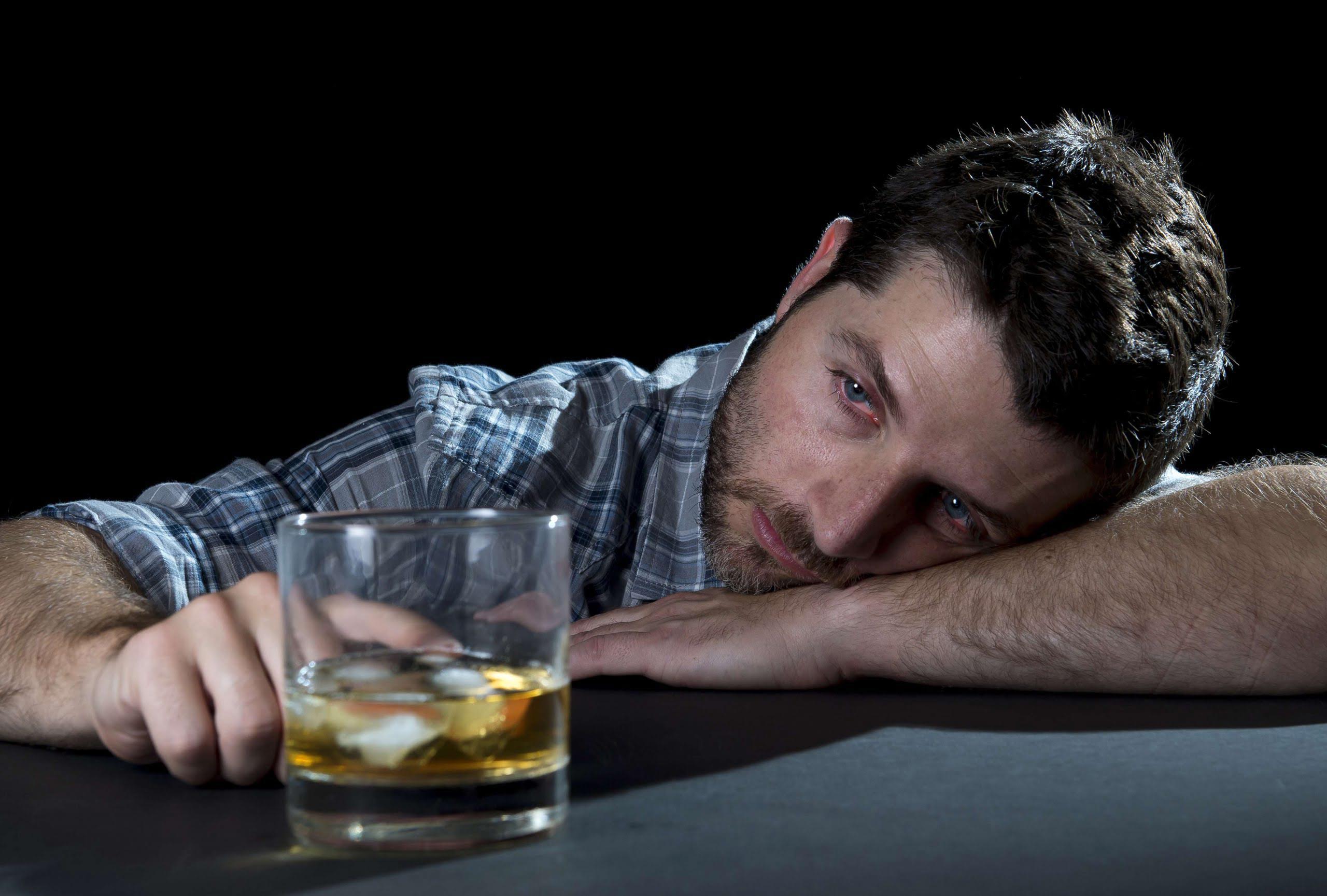The Addiction Cycle: What Are the 5 Stages of Addiction?
The Addiction Cycle: What Are the 5 Stages of Addiction?
For example, a young adult might try marijuana at a music festival or drink excessively at a college event to fit in. This is how addiction works—the brain remembers the pleasure and demands it again. Addiction often begins with stress, trauma, or emotional discomfort. A trigger can be anything that sparks the urge to use a substance or engage in a behavior. For some, it may be safe to undergo detox on an outpatient basis. However, many need admission to a hospital or a residential treatment center.

Can Someone Beat a Drug Addiction on Their Own?
- In 2023, approximately 29.5 million U.S. adults had a substance use disorder, with many in this phase unaware of their escalating misuse.
- This stage starts in an area of the brain called the basal ganglia.
- Many support groups follow the 12-step model first developed by Alcoholics Anonymous.
Lesen Sie auch:
However, these consequences are often ignored or rationalized in an attempt to continue using. The cycle of addiction explains why quitting is so difficult—but it also shows that recovery is possible. With treatment, awareness, and the right support, anyone can break free and find lasting change. This is why the cycle of addiction can feel impossible to escape without help. The areas in their brains that control choose the correct cycle of addiction decision-making, self-control, and judgment are still developing.
Alcohol Use Disorder
This explains why things you can be addicted to range from drugs and alcohol to social media or shopping. Unfortunately, guilt often becomes another trigger, restarting the cycle. Detox is otherwise known as detoxification or withdrawal therapy. Detox focuses on helping people to stop taking the addicting drug as quickly and as safely as possible.

Identifying Initial Use Signs
At Silver Ridge clients are first and foremost treated with respect, kindness, and compassion. The midlife-specific groups allowed clients to form a bond with one another through shared life experiences. Developing new coping strategies and building a strong support system are critical to long-term sobriety. Keeping a journal of triggers and urges can reveal connections. These support groups can help reduce the sense of shame and isolation that can lead to relapse.
- People can also be addicted to gambling, food, shopping, exercise, or technology.
- In this blog, we’ll dive into the stages of the addiction cycle, how it develops, and how treatment and support can help break the cycle.
- Understanding these factors can help shed light on why breaking free from the cycle of addiction is so difficult and what happens biologically when someone becomes addicted.
- Oftentimes, when people relapse, they will binge on a drug, worsening their addiction.
This first substance use may be all it takes for someone to develop an addiction. Ask your healthcare professional what option is drug addiction ideal for the stage of addiction you’re currently in. A person’s introduction to drugs and alcohol comes in many forms. For example, initial use could start as prescription medications from a doctor or through peer pressure. Withdrawal symptoms can range from severe and uncomfortable to potentially fatal.
It’s often triggered by something, like the environment you live in, stressors, and mental health conditions. https://www.josealvescontabilidade.com.br/2024/07/15/the-sinclair-method-a-medical-treatment-for/ People in stage five may show signs of addiction in other areas of life, like having financial issues, losing their job, and having trouble with their relationships. Informed by her personal journey to recovery and support of loved ones in sobriety, Jessica’s empathetic and authentic approach resonates deeply with the Addiction Help community.
Stage 5: Relapse
Our advisory board brings together leaders in behavioral health, technology, and business. Their diverse expertise ensures our resources and product are innovative, evidence-based, and effective. They guide our mission as accomplished individuals dedicated to improving the landscape of addiction recovery and mental wellness. For individuals in the first two stages of initial use and abuse, outpatient treatment and behavioral health counseling may be all that’s needed to get back on track. Later stages, like stages 3 and 4, may require more involved treatment. In this next stage of addiction, the individual begins to use the substance repeatedly to feel the positive effects, cope with existing issues, or escape reality.

The cycle of addiction involves brain chemistry, tolerance, withdrawal, and the body’s changing response to substances over time. The path to addiction often starts with experimentation, where individuals try a substance out of curiosity, peer pressure, or to cope with challenges like stress, anxiety, or trauma. This phase is especially common among teens and young adults, with substances like alcohol, marijuana, or nicotine frequently involved.